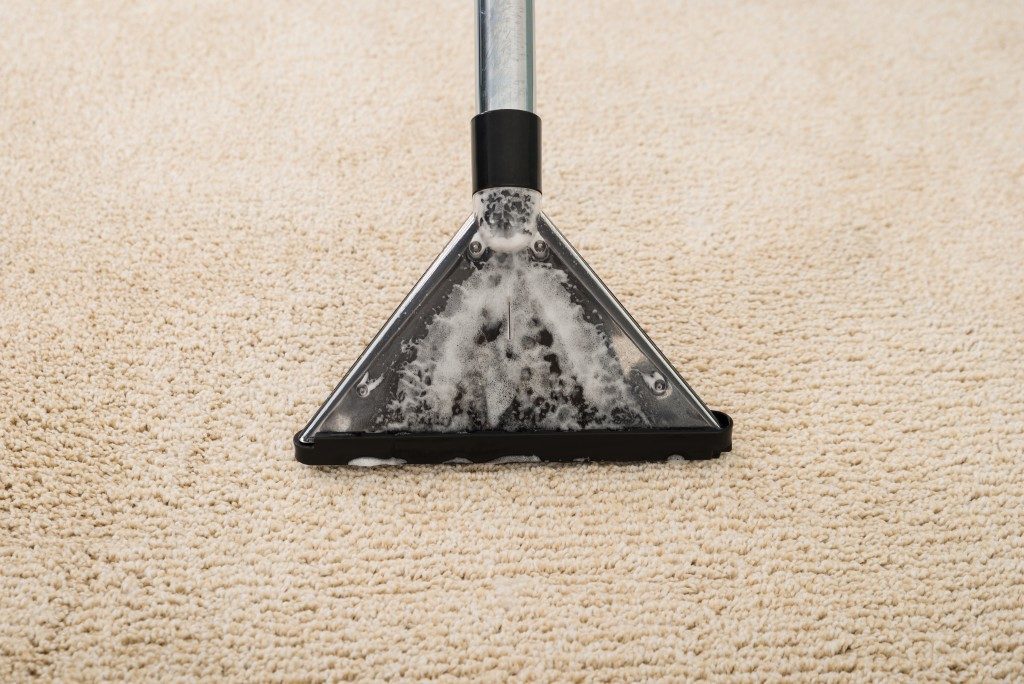So what is pet dander anyway? According to the American Lung Association, pet dander is composed of little pieces of skin shed by dogs, cats, and other animals with fur or feathers.
While they sound harmless, these tiny bits of skin can cause allergic reactions in certain people. Even people who are exposed to pet dander for long periods develop a symptom or two. If you want to keep dander away from your home and eliminate any health risks, here are three simple tips:

Clean Regularly
Vacuum whenever possible. The Dyson vacuum cleaner in Salt Lake City is probably the most effective one to use when cleaning dander. The handheld version of its vacuum cleaner makes it easier to reach places that traditional vacuums can’t access.
To keep dander to a minimum, clean your house at least twice a week, including your pet’s sleeping, playing, and eating areas. Pet beddings should be washed in hot water. If you have a cat, use a litter box with a cover and keep it in a somewhat hidden place.
And if you’ll have renovations in the future, consider using a different type of flooring other than wooden tiles or vinyl. Dander tends to cling to carpets more.
Bathe Your Pets Regularly
Dander is microscopic and lightweight. It’s so light that it remains suspended in the air longer than allergens from dust mites. Dander’s tiny size also makes it stick to fabric, beddings, and furniture. This makes pet dander quickly spread throughout the home.
One of the best ways to reduce the spread of pet dander is regularly bathing your pet. It’s a great way to remove dead skin cells and hair. Showers every two weeks are also good.
You can use a pet wipe or baby wipe to remove debris, pollen, and dirt from your pet’s coat when it comes in from the outdoors. Preventive measures are always the best.

Keep Your Pet Far from the Couch
It’s irresistible not to cuddle with your pet on the couch on a lazy Sunday afternoon. However, pet dander can easily cling to fabrics on your couch, bed, and other furniture. If it can be avoided, don’t let your pet hang out in any of your sleeping or resting areas.
When pet dander accumulates on your bed or couch, you can develop asthma or other respiratory problems. The American Lung Association warns that breathing in pet allergens can worsen respiratory symptoms and even decrease the lungs’ ability to function well.
If you’re used to having your pet in your bedroom, get a separate bed for the little guy. Just make sure that your pet doesn’t sleep beside you on your bed.
How Do You Control Pet Allergens?
Pet dander can cause upper and lower respiratory tract symptoms in people allergic to it. If you are, you might experience sneezing, congestion, wheezing, and chest tightness. You can even experience other symptoms such as watery eyes, rashes, and itching.
To prevent these, experts suggest getting rid of your pet. But if you can’t, just follow the simple tips above.

